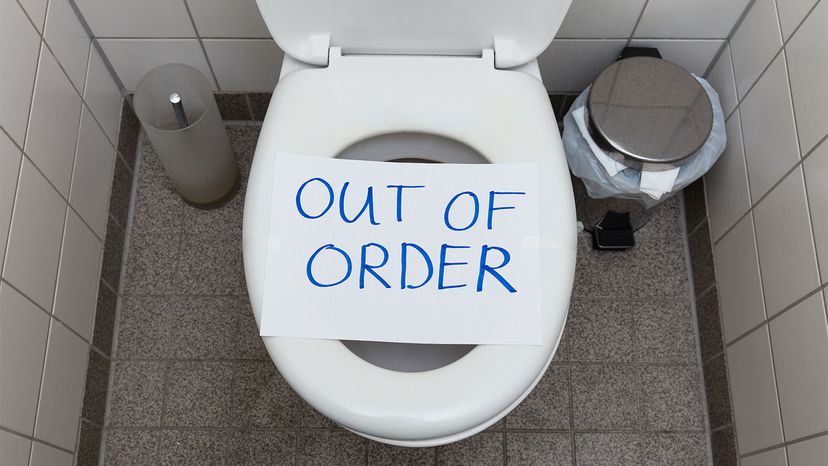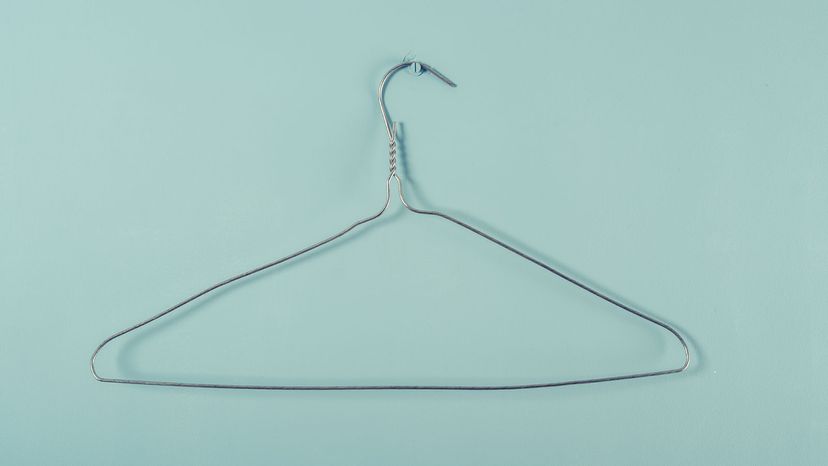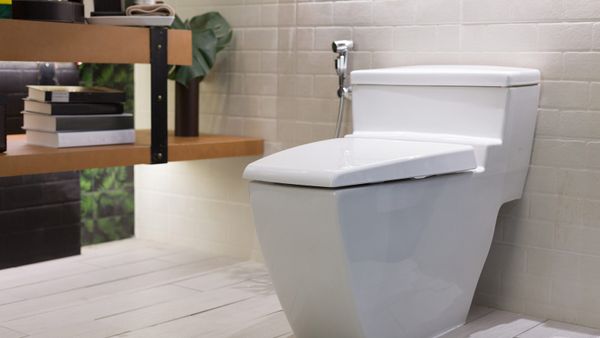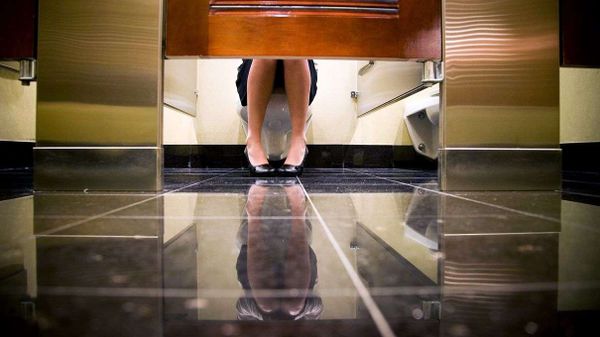
Key Takeaways
- Unclogging a toilet without a plunger involves creative solutions like using soap and hot water, water bottle pressure, a hanger snake or a ShopVac suction method.
- The soap solution method dissolves clogs with the lubricating action of the cleansing agent and the pressure of hot water. The water bottle method uses the force of water to push the clog through, while a hanger snake can physically break up the blockage.
- The ShopVac technique, albeit less common, applies vacuum power to pull the clog out.
It's a horrible situation to be faced with — your toilet is clogged, but you have no plunger handy. Perhaps you do have one, but the clog refuses to budge under normal means. Either way, there are a few alternative methods that can be just as good, or even better than a plunger. Some of them involve simple home ingredients you probably have on hand, while others will take specialized plumbing tools or chemicals to eliminate the most stubborn clog in your clogged toilet.
Toilets get clogged when foreign objects, like clumps of tissue or toilet paper, get wedged in the U-bend, causing a blockage and a clogged toilet. Materials that the pipes aren't designed to handle, like thick hair, cloth and oil will make a clogged toilet worse. So the first line in toilet maintenance should be to avoid flushing anything that is likely to get stuck. But, even with precautions, clogs may still form over time, and these simple home remedies may be able to clear a clogged toilet without the need to call a plumber.
Advertisement
Advertisement




